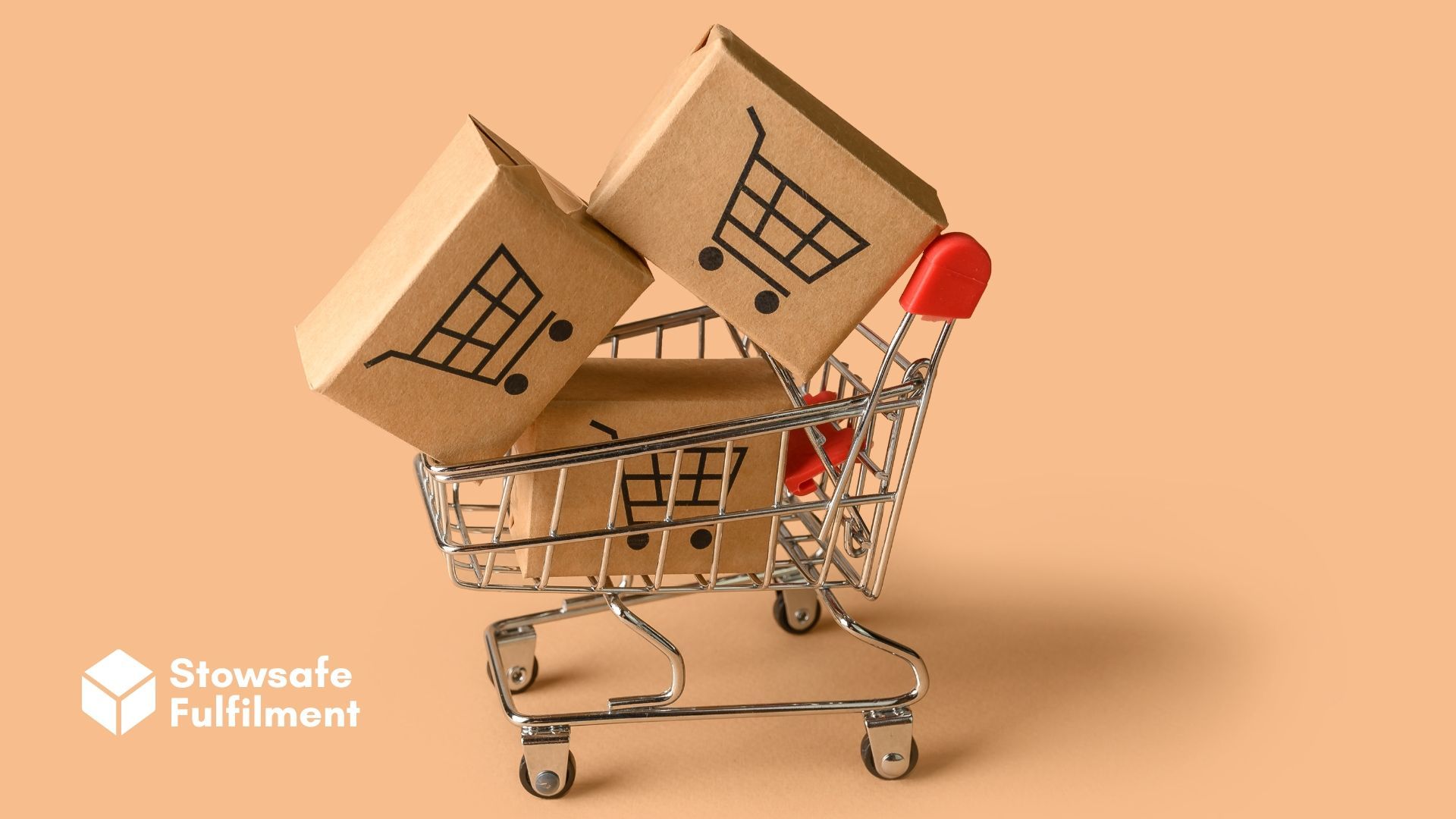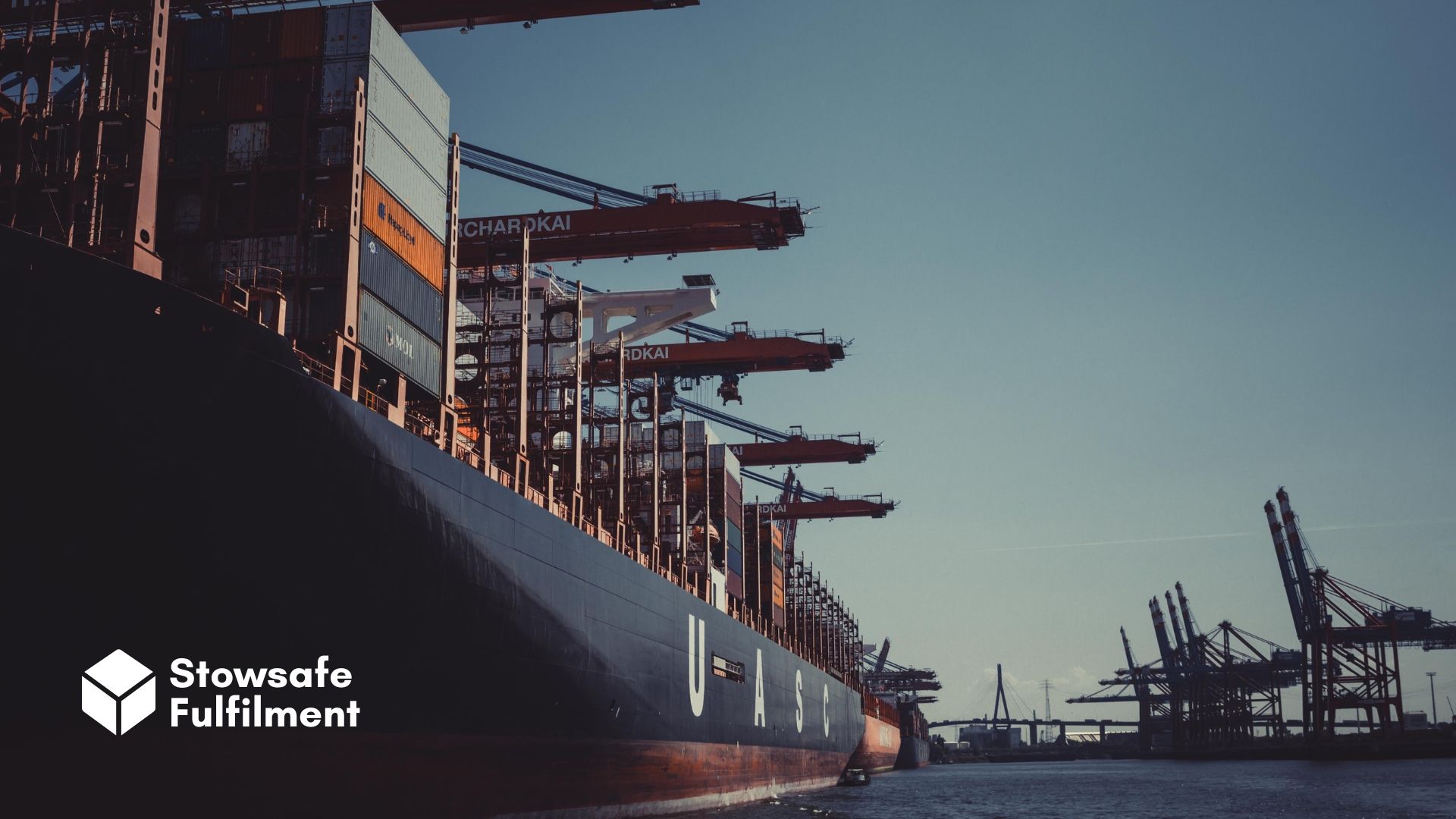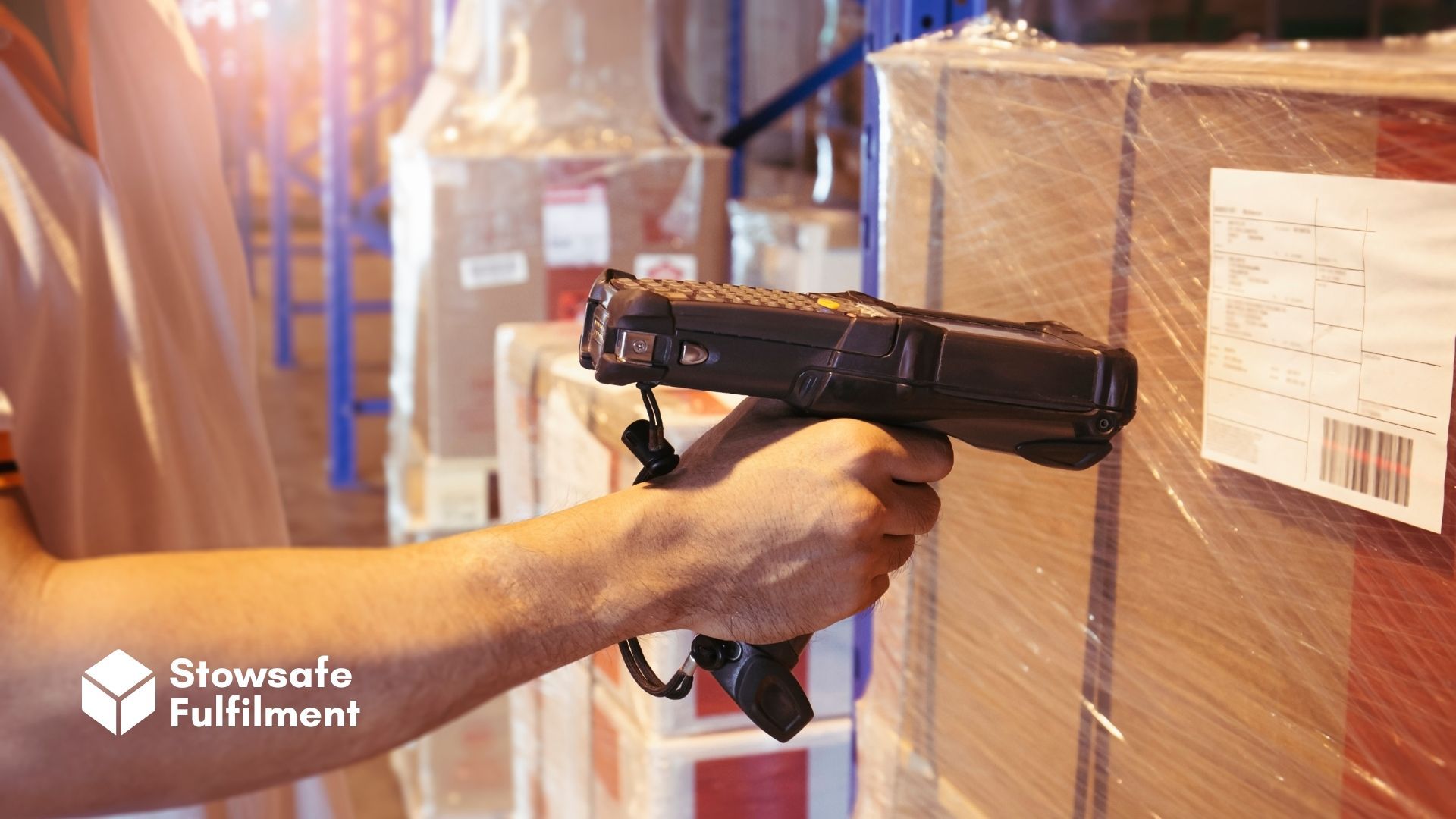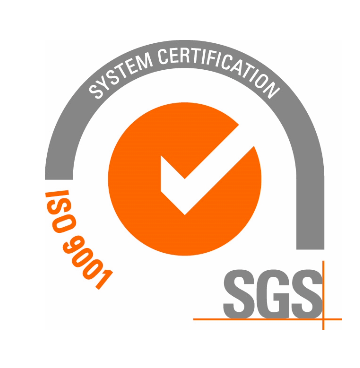Are you based in the Middle East? Do you want to export to the UK? This is the guide for you. Learn about trade agreements, import tariffs and more.
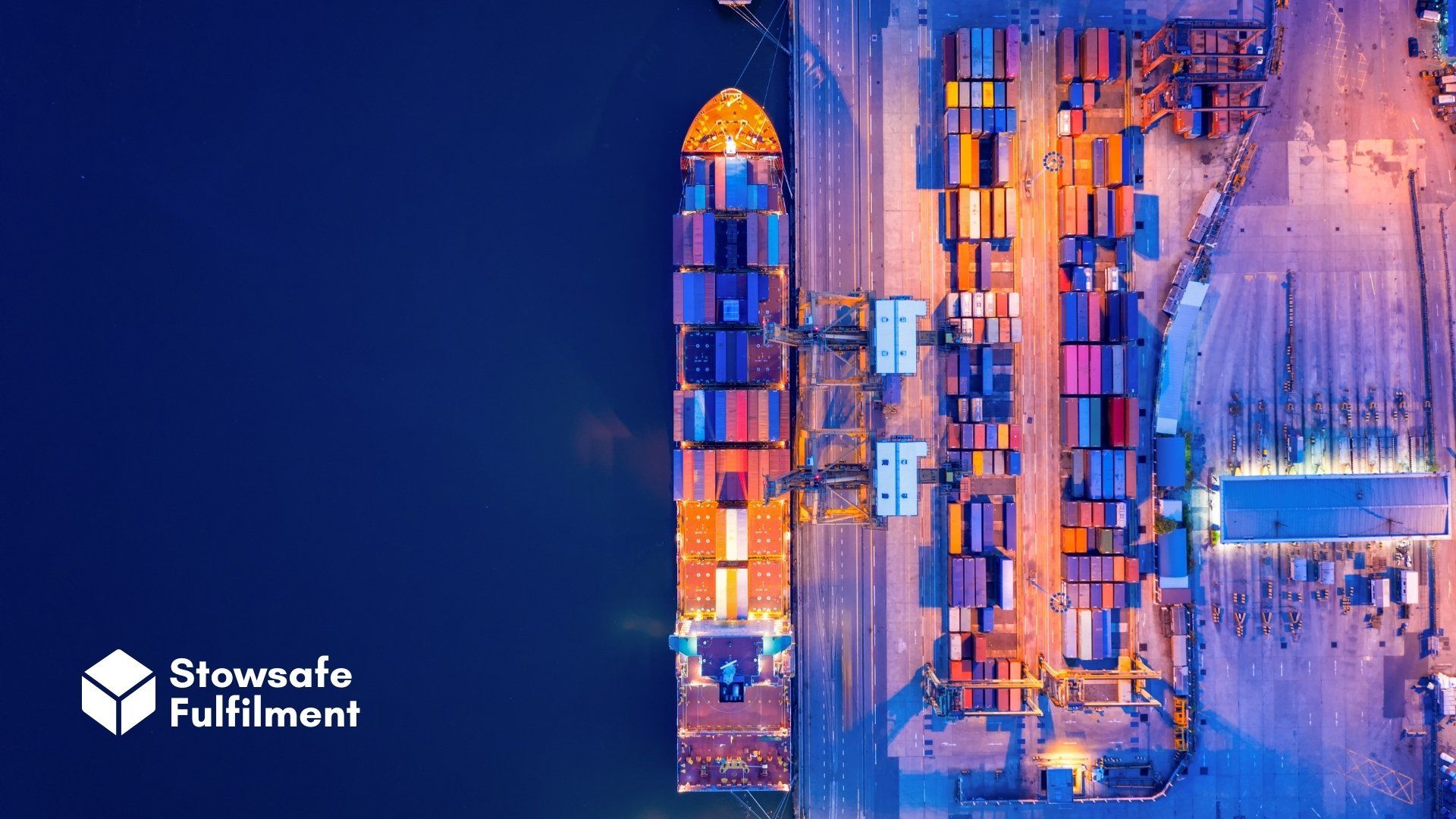
Welcome to the second instalment of an ongoing series. In these articles, we look at the benefits of exporting to the UK and highlight some key considerations to keep in mind. Good luck – we hope your foray into international trade goes as smoothly as possible.
Here's part one, in case you missed it: "Exporting from the USA to the UK".
If you've paid attention to global news, you might have painted a bleak mental picture of the UK's trading prospects.
Sure, Brexit affected international trade. And – after launching a widely criticised budget and watching
the pound plummet in value – the UK government has found itself steering an increasingly shaky ship.
But look behind the headlines and you'll find plenty of positives. Trade is on the up, for one.
In August 2022, the UK imported
£30 billion worth of goods from non-EU nations. This represents a 33% rise compared to August 2021.
And if we zoom in on the Arab world, trade is looking particularly peachy. Exports from Egypt to the UK
grew by 41.2% (£468 million) between 2021 and 2022. Jordanian exports
were up 43% (£64 million) in the same period. The Palestinian Territories
saw a particularly impressive rise of 63.6%, worth £7 million.
With its rich natural resources and fertile agricultural land, the Middle East is perfectly placed to take advantage of the UK's healthy international trading prospects. After all, the UK produces
less than 50% of the food that ends up on its people's plates.
But what perks can Middle Eastern traders enjoy? And what obstacles might you face on the way?
That all depends on your country's established trading relationship with the UK. In this post, we look at the UK's existing trade agreements with the Middle East and explain the exceptions that exist under the UK Generalised Scheme of Preferences (UK GSP).
What trade agreements exist between the UK and Middle Eastern countries?
The UK has
trade agreements in place with the following territories. These agreements are fully ratified, meaning they're officially valid.
| Territory | Name | Publication date | Notes |
|---|---|---|---|
| Egypt | UK-Egypt association agreement | December 2020 | |
| Israel | UK-Israel trade and partnership agreement | February 2019 | The UK is currently negotiating a new free trade agreement (FTA) with Israel, which promises to "make it cheaper and easier for innovative UK services […] to trade with Israel". |
| Jordan | UK-Jordan association agreement | December 2019 | |
| Lebanon | UK-Lebanon association agreement | October 2019 | |
| Palestine | UK-Palestinian Authority political, trade and partnership agreement | February 2019 |
In December 2020, the UK published a provisional application for a trade agreement with Turkey. The provisions of this agreement are in force, despite the agreement not yet being ratified.
What does it mean if a trade agreement is in place?
Trade agreements set out the rules for trade between two countries. The purpose of a trade agreement is to make trade easier and more affordable for businesses in both countries.
Typically, a trade agreement will allow for certain goods to be traded with reduced import tariffs. In some cases, an import tariff is waived entirely.
Although the UK has now left the European Union, it has largely maintained the perks that existed in earlier EU trade agreements. Details vary from country to country but, generally speaking, the changes have been small and relate mostly to tariff rate quotas (TRQs).
A TRQ is a volume of goods (in tonnes) that can be imported or exported with reduced tariffs. As an example, the UK-Israel trade agreement changed the volume of fresh flowers that could be imported from 19,500 to 3,023 tonnes.
Be sure to check the relevant
UK and
EU trade agreements for details.
What if no trade agreement is in place?
If no agreement is in place – and your country is a
member of the World Trade Organization – then you'll trade under WTO rules.
In practice, this means you'll pay the
UK Global Tariff (UKGT) on goods imported into the UK. This replaced the EU's Common External Tariff (CET) when the UK formally left the EU.
Several Middle Eastern countries are WTO members and don't have trade agreements in place with the UK, so are subject to the UKGT. These include:
- Bahrain
- Cyprus
- Kuwait
- Oman
- Qatar
- Saudi Arabia
- United Arab Emirates
The UK Generalised Scheme of Preferences
There are exceptions, however. Under the
UK GSP, so-called "developing" countries can enjoy preferential tariffs on certain goods, even if a trade agreement is not in place.
There are three frameworks laid out in the UK GSP. These are the "Least Developed Countries Framework", the "General Framework" and the "Enhanced Framework". Each framework has different tariff rates and applies to different countries. Their relationships with Middle Eastern countries are as follows:
| Framework | Explanation | Middle Eastern countries covered | Tariff/quota reductions |
|---|---|---|---|
| Least Developed Countries Framework | Covers countries that are classified as "least developed countries" (LDCs) by the United Nations. | Yemen | Quota-free access and zero import tariffs on all goods except arms and ammunition. |
| General Framework | Covers countries that are classified as "low-income" (LICs) and "low-middle-income" (LMICs) by the World Bank. | Syria | Reduced import tariffs on two-thirds of product types. |
| Enhanced Framework | Covers countries that are classified as LICs or LMICs by the World Bank and are implementing certain international conventions related to human rights, the environment and good governance. | None | Zero import tariffs on two-thirds of product types. |
In early 2023, the UK GSP will be replaced by the Developing Countries Trading Scheme (DCTS). The new scheme promises to simplify rules, reduce more tariffs and remove the condition that countries must implement international conventions to qualify for the Enhanced Framework.
At the time of writing, the UK government has not set a launch date for the DCTS.
What documents do I need to trade with the UK?
Generally speaking, Middle Eastern exporters require the same documents as anyone else. We outlined these documents in our
last exporting guide.
If your country has a trade deal with the UK or comes under the UK GSP, you'll also need to provide "proof of origin" for your goods. This proof can take several forms, so check the
UK government website for details.
Be aware, too, that certain goods require a licence for export to the UK. These include medical devices, plants and certain chemicals.
A note on trade restrictions
The UK has imposed trade restrictions on several Middle Eastern countries. These restrictions limit the export of certain goods or make it more difficult to transport certain items through the UK.
The countries affected are Lebanon, Oman, Syria and Yemen. Check the UK Government's
trade sanctions page for more information.
As an experienced
online fulfilment centre, Stowsafe Fulfilment is perfectly placed to help your business expand into the UK market. We have a spacious workhouse, excellent travel links and established relationships with a network of trusted international couriers. Interested? Please don't hesitate to
get in touch.
All Rights Reserved | Stowsafe Fulfilment







